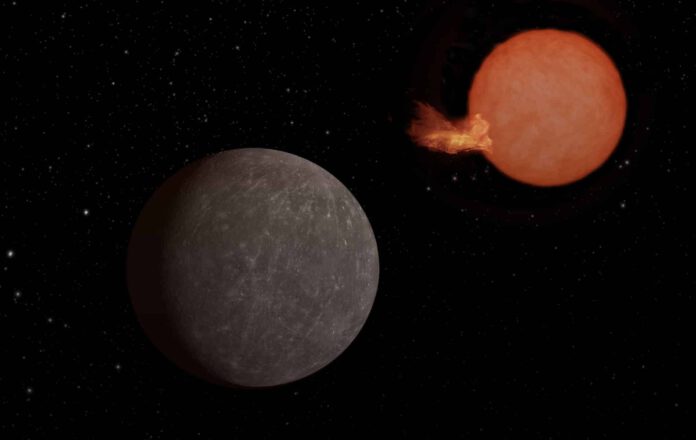
Discovery of a New Earth-like Planet
New planets are discovered periodically, but the discovery of an Earth-like planet orbiting an ultra-cool dwarf star is particularly special. Despite these stars being more common in the cosmos than sun-like stars, we haven’t often seen such instances.
The newly discovered planet has been named SPECULOOS-3b and, by cosmic standards, it is in our backyard. The planet orbits its parent star at a distance of just 55 light-years from Earth. This parent star is an ultra-cool dwarf star.
About SPECULOOS-3b
“SPECULOOS-3b is practically the same size as our planet,” confirmed researcher Michaël Gillon. However, there are many differences between this exoplanet and Earth. For instance, SPECULOOS-3b is very close to its parent star, resulting in an orbital period of just 17 hours. By comparison, our planet takes about 365 days to complete an orbit around the sun. Another interesting difference is that days and nights on SPECULOOS-3b are eternal. Astronomers believe that SPECULOOS-3b exhibits synchronous rotation, where the same side of the planet—known as the ‘day side’—is always facing the parent star, while the other side—the ‘night side’—remains in perpetual darkness.
No Atmosphere
The star around which SPECULOOS-3b orbits is approximately twice as cool as our sun, with an average temperature of ‘just’ 2600 degrees Celsius. Although this star is ‘ultra-cool,’ SPECULOOS-3b, being much closer to its star, receives sixteen times more energy per second than our planet from the sun. This also means that SPECULOOS-3b is constantly bombarded with high-energy radiation. “In such an environment, it is highly unlikely that a planet has an atmosphere,” stated researcher Julien de Wit.
James Webb Space Telescope (JWST)
The discovery of SPECULOOS-3b is seen by researchers as just a prelude to more findings. They hope that the powerful James Webb Space Telescope (JWST) will soon be able to take a closer look at the planet. “With the JWST, we can even study the mineralogy of the planet’s surface,” believes researcher Elsa Ducrot.
Meanwhile, the search for planets around ultra-cool dwarf stars continues. This effort is spearheaded by the SPECULOOS project, named after the planet and standing for ‘Search for Planets EClipsing ULtra-cOOl Stars.’ “These stars are dispersed throughout the sky, so you have to observe each one for several weeks to have a chance of spotting planets that pass in front of the stars,” explained Gillon. “It requires a dedicated network of professional, robotic telescopes.” Currently, this network comprises five telescopes: four in Chile and one in Tenerife. Soon, two more telescopes will be added in Tenerife, which is expected to accelerate the hunt for planets around ultra-cool dwarf stars.











